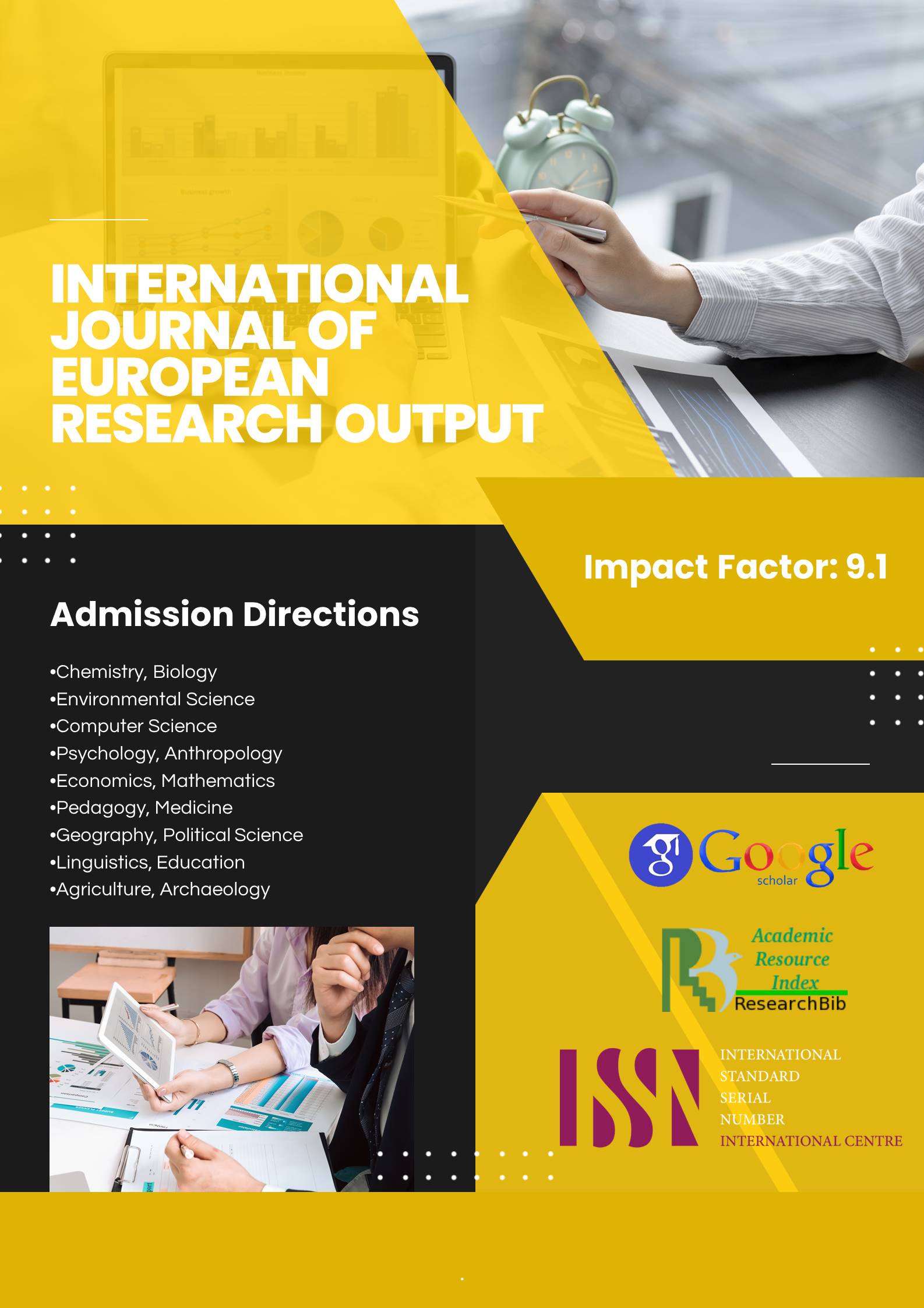APPROACHES OF DEVELOPING STUDENTS’LANGUAGE COMMUNICATIVE COMPETENCE THROUGH TECHNOLOGIES IN HIGHER EDUCATION INSTITUTIONS
Main Article Content
Abstract
In the educational institutions of higher education, research is being conducted on the improvement of communication competencies based on foreign languages, the development of oral communication concepts, their professional activity and initiative, improving the communicative relations between teachers and students, and the development of speech skills. In addition, special attention is paid to the improvement of the independent learning model of students, the identification of the content, forms and means of their independent learning activities.[1]
Article Details
References
. Jonassen H. Constructing learning environments on the web: Engaging pupils in meaningful learning. EdTech 99: Educational Technology Conference and Exhibition 1999: Thinking Schools, Learning Nation. 1999 – PP. 45-46.
Alijonovna M.M., Yusupalieva Sh.K., Sattorova S.T. Syntactic functions and patterns of combinability of adverbs. – India: Novateur publications. JournalNX- A Multidisciplinary Peer Reviewed Journal ISSN No: 2581 - 4230 VOLUME 7, ISSUE 1, January 2021. – PP. 176-178.
Yusupalieva Sh, Sattorova S. The importance of speaking in EFL classes classes. – Indoneziya: International journal of discoveries and innovations in applied sciencesVolume 1 Issue 4, 2021. – PP.63-65
Constant L. Convivial communication: recontextualizing communicative competence. International Journal of Applied Linguistics. 2005. – PP. 43-44.
Shohobutdinova D., Djuraeva N., Tolipova A., Muminova M., and Yusupalieva Sh. Aesthetic and linguistic characteristics of comedy in a foreign language. https://tnu.tj/index.php/ru/e3s-web-of-conferences/.
Aldohon H.I. English for Specific Purposes (ESP) for Jordanian workplace: Needs and problems. International Education Studies, 7(11), 2014. – PP. 56-67.
Yusupalieva Sh.H. “Methods of effective use of communicative competence in the organization of foreign language classes in technical higher educational institutions” FSU scientific posts 1-2023, 85-87 p
LDCE: Longman Dictionary of Contemporary English. Pearson Education Limited. Fourth Edition, 2005. 1950 p.
Longman Dictionary of Contemporary English /electronic resource
Komarova, A.B. Subject-language integrated learning. //Fundamental and
applied research in the modern world. 2013. Vol.3. No. 4 (04). pp. 143-146
Kletz, i.e. On the use of subject–language integrated learning CLIL in the system of foreign language training of students. //Foreign languages: linguistic and methodological aspects. 2015. No. 30. pp. 83-89
Coyle D. Content and Language Integrated Learning. Motivating Learners and Teachers. http://blocs.xtec.cat/clilpractiques1/ files/2008/11/slcoyle.pdf
Coyle, D. Content and Language integrated Learning: Towards a connected research agenda for CLIL
